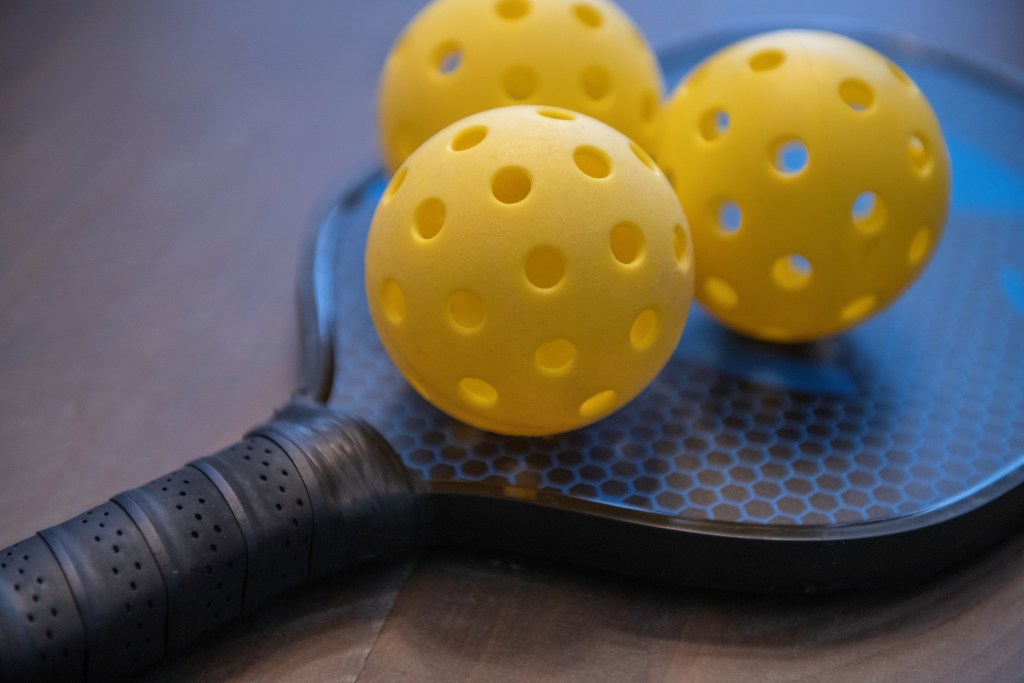Pickleball is sweeping across courts and backyards, quickly becoming one of the most popular sports for all ages. Whether you’re a seasoned player or just picking up a paddle for the first time, choosing the right equipment is essential for enhancing your game and enjoyment. Today, we’ll dive into what you need to consider when finding the best pickleball paddle for your needs.

Weight Matters
One of the most crucial factors to consider is the weight of the paddle. Pickleball paddles generally range from 6 to 14 ounces. Lighter paddles (6-8 ounces) are easier to maneuver and can reduce the strain on your wrists and elbows, which is particularly beneficial for beginners or those with arm ailments. Heavier paddles (over 8 ounces), however, can deliver more power and are often preferred by advanced players who have mastered their control and aim. If you’re looking for a paddle that’ll fit with your style and play, head on over to https://aplpros.com/.
Grip Size and Comfort
Another key aspect to consider is the grip size of the paddle. This may seem trivial, but the grip size can significantly affect your performance and comfort. Paddles usually come in small (4 inches), medium (4.25 inches), and large (4.5 inches) grip sizes. It’s crucial to choose the right one to avoid discomfort and potential injuries.
To find the right grip size, you can measure the distance from the tip of your ring finger to the middle crease of your palm. When holding the paddle, there should be just enough space to fit the index finger of your other hand between your fingers and palm. If in doubt, opt for a smaller grip as you can always add an overgrip for a better fit.
Material and Durability
Pickleball paddles come in a variety of materials, including wood, composite, and graphite. Each material has its pros and cons, impacting the paddle’s weight, durability, and performance. You can also find various types of paddles for pickleball that reflect these material differences in practical gameplay.
Wooden paddles are the most affordable and durable but tend to be heavier. Composite paddles offer a good balance of lightweight and power, made from materials like fiberglass with a core of aluminum or polymer. Graphite paddles are top-tier, providing excellent control and power while being incredibly lightweight and durable.
Core Considerations
The core of the paddle can also influence its performance. There are generally three types of cores: polymer, Nomex, and aluminum.
Polymer cores are the most common and provide a good balance of power and control. They are also quieter, which can be a consideration if you’re playing in noise-sensitive areas.
Nomex cores are made from a type of cardboard and are known for their durability and power, often favored by competitive players. However, they can be noisier and less forgiving on mishits.
Aluminum cores offer excellent control and are lightweight, making them ideal for finesse players who prioritize placement over power.
Testing and Feedback
When possible, test out different paddles before making a purchase. Many sporting goods stores and pickleball clubs offer demo paddles for you to try on the court. Pay attention to how each paddle feels, how well you can control the ball, and how it impacts your swing and shots.
Listening to feedback from other players can also provide valuable insights. Online reviews, forums, and talking to fellow enthusiasts can help you gather information on the best paddles available.
Conclusion
Finding the best pickleball paddle is a journey that requires consideration of your skill level, play style, and personal preferences. Take your time to research and test different options, and remember that the right paddle can significantly enhance your enjoyment and performance on the court.
By understanding the importance of weight, grip size, material, core, and seeking feedback, you’ll be well on your way to making an informed decision. Pickleball is a sport that welcomes all, and having the right paddle will make every game more enjoyable and rewarding. Here’s to happy playing and many victorious matches ahead!

Leave A Comment